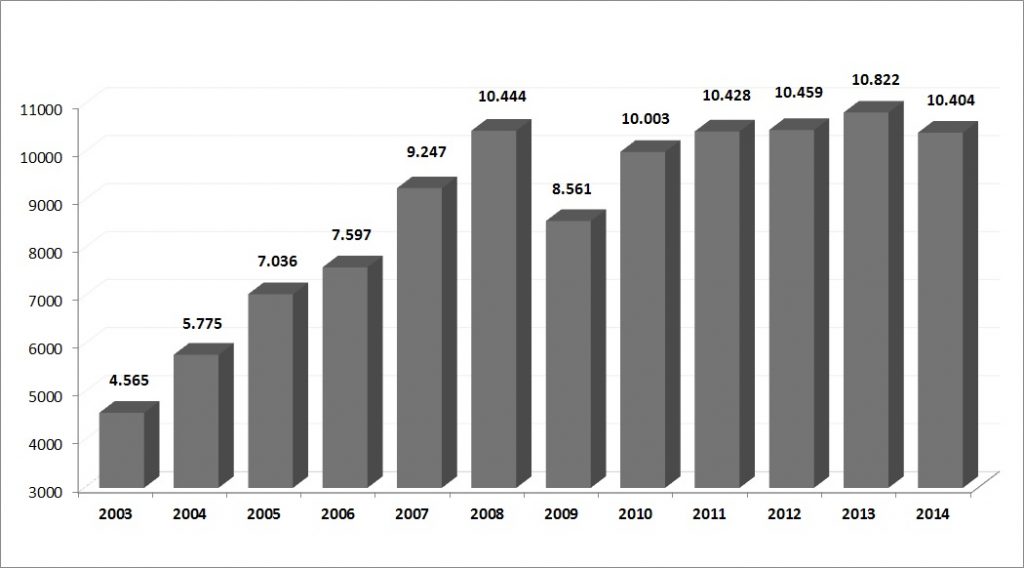Fiscal discipline and a tight fiscal policy continue to be the main pillars of Turkey's economic program, and both have contributed substantially to disinflation, as well as to the strong growth performance. In addition to its sound macroeconomic policies, Turkey has implemented a comprehensive and far-reaching structural reform agenda. Compared with the experiences of other countries, Turkey's success has been remarkable, primarily on the back of its speed in carrying out structural and institutional changes. Indeed, Turkey has made great progress in restructuring its financial sector, as well as in improving public sector governance and its business environment.
The structural reforms that have been implemented are aimed at:
increasing the role of the private sector in the Turkish economy
enhancing the efficiency and resiliency of the finance sector
placing the social security system on a more sound basis.
These reforms have strengthened macroeconomic fundamentals of the Turkish economy.
Economic Growth
Sound economic policies combined with vigorous economic reforms have yielded favorable results; the economy has sustained robust economic growth over the last decade. Due to resolutely implemented structural reforms and successful macroeconomic policies, Turkey has become one of the fastest-growing economies in its region.
Between 2004 and 2014:
GDP increased by 105 percent, reaching USD 800 billion
Annual average real GDP growth of 4.2 percent
Public debt stock decreased from 74 percent of GDP to 33.5 percent of GDP
Budget deficit decreased from 10 percent of GDP to 0.8 percent of GDP
Compound Annual Growth Rate (CAGR) of GDP (%) - Constant Prices

Source: Turkish Statistical Institute (TurkStat)
In the past ten years, the Turkish economy has been one of the fastest-growing emerging economies.
Average Annual Real GDP Growth (%) 2003-2014

Source: IMF World Economic Outlook April 2015, Turkish Statistical Institute (TurkStat)
While the Turkish economy has been growing steadily, living standards have increased significantly. GDP per capita increased from the level of USD 4,565 in 2003 to USD 10,404 in 2014.
GDP per Capita - Current Prices (USD)

Source: Turkish Statistical Institute (TurkStat)
Prudent Fiscal Policy
Fiscal discipline continues to be the cornerstone of the macroeconomic performance of the Turkish economy.
Thanks to this prudent fiscal policy, Turkey has reduced its debt stocks, becoming one of the best performers among the European economies in reducing government debt. The general government debt stock ratio has been meeting the EU Maastricht Criteria, 60%, since 2004.
EU-Defined General Government Debt Stock (% of GDP)

Source: Undersecretariat of the Treasury, 2015
General Government Debt Stock (% of GDP)

Source: Undersecretariat of the Treasury and Eurostat, 2015
General Government Budget Balance (% of GDP)

Source: European Commission's Directorate-General for Economic and Financial Affairs (ECFIN) and Eurostat, 2015
www.invest.gov.tr










